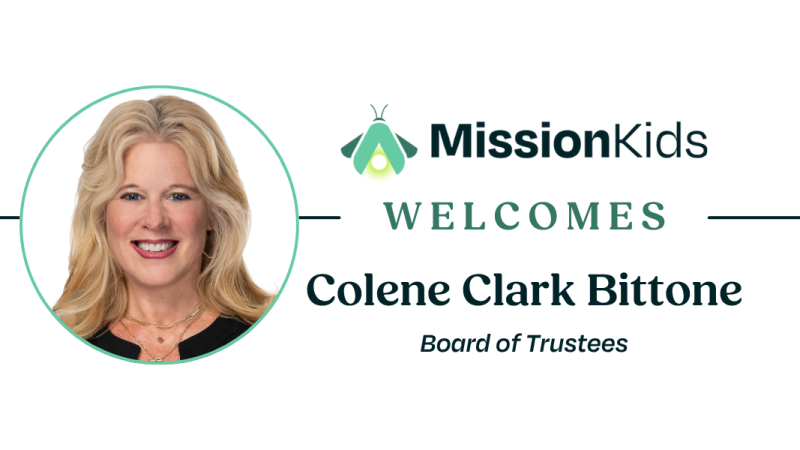The holidays: a time of joy, love, and togetherness—or so we think. Behind the twinkling lights and family gatherings lies a shocking truth: many children are at their most vulnerable during the holiday season. But here’s the catch—you won’t hear about it.
Why? Because child abuse reports drop dramatically in December. Not because abuse stops, but because kids are out of school, away from the teachers, counselors, and other mandated reporters who are often their only lifelines. Abuse doesn’t take a holiday—it goes unnoticed.
What’s even more unsettling? 90% of children know their abuser. It’s usually someone they love, trust, or look up to—a relative, a sibling, a friend. Chances are, it’s someone you’d never suspect. And more than half of reported cases of child abuse in the U.S. involve child-on-child harm. This means it’s not just adults you need to watch—it’s anyone.
Abuse doesn’t fit the “stranger danger” narrative. It happens in familiar places, by people who seem safe. And during the holidays, it can happen right under your nose.
Why the Holidays Are a Risky Time for Kids
The season designed to bring joy can instead amplify risk factors for abuse:
- Heightened Stress: Financial pressure, family conflicts, and the expectations of a ‘perfect’ holiday can push already strained households to a breaking point.
- Increased Alcohol Use: Holiday gatherings are often paired with alcohol, which can escalate tensions and impair judgment.
- Reduced Oversight: Schools are closed, leaving children without daily contact with trusted adults outside the home. Babysitters, relatives, and even siblings or peers may take on childcare roles.
- Unsupervised Play: Closed doors during playtime or sleepovers can create opportunities for harm to go unnoticed.
These factors combine to create an environment where abuse can occur unchecked—and where children may feel even less empowered to speak out.
Protecting Kids: What You Can Do Right Now
- Empower Kids to Say No — It’s okay for kids to decline hugs, kisses, or any physical contact, even with family members. Teach them that their boundaries matter, and model respect for those boundaries to others.
- Check In Often — Do regular check-ins with kids throughout family gatherings or playdates. Ask open-ended questions like, “How are you feeling?” or “What are you up to?”
- Supervise Closely — Don’t allow for closed-door or locked-door play. Set the expectation that all play happens in common areas where adults can easily supervise.
- Recognize the Subtle Signs — Pay attention to behavioral changes: withdrawal, fearfulness, sudden aggression, or excessive clinginess. Trust your instincts—if something feels off, it probably is.
- Be Present and Proactive — Ensure children know they can come to you about anything without fear of judgment. Let them know you’re always available to listen.
- Stay Alert to Digital Risks — Tech gifts like tablets and gaming systems come with hidden dangers. Set up parental controls, and have ongoing conversations about online safety, including risks like bullying or exploitation from peers.
- Act on Suspicions — If a child confides in you, believe them. Stay calm, affirm their bravery, and take immediate action by contacting local child protective services or a hotline like Pennsylvania’s ChildLine at 1-800-932-0313.
A Call to Action: Let’s Not Look Away
This holiday season, let’s refuse to let abuse hide in the shadows of celebration. The people who harm children often blend in—they are loved ones, trusted friends, and even other children.
Be vigilant. Be proactive. Be the trusted adult who steps in and makes a difference. Because the greatest gift we can give children is the one they deserve most: safety, support, and hope.
Let’s make this the holiday where no child is left unseen. Because when we look closer, we can save lives.






